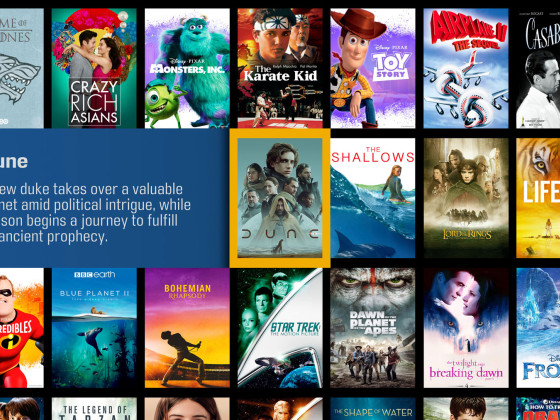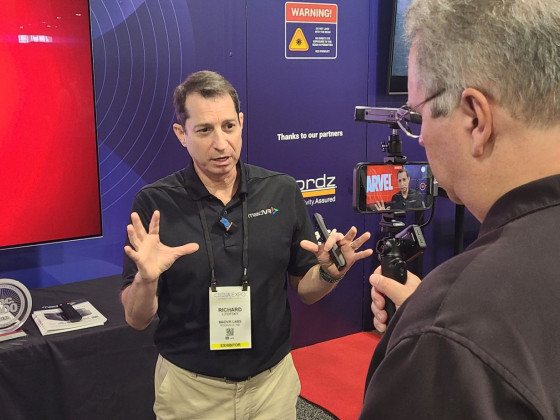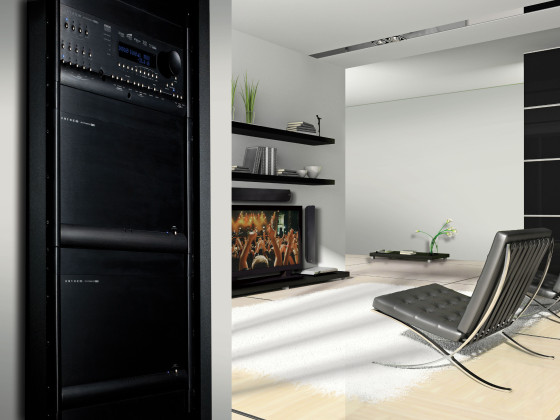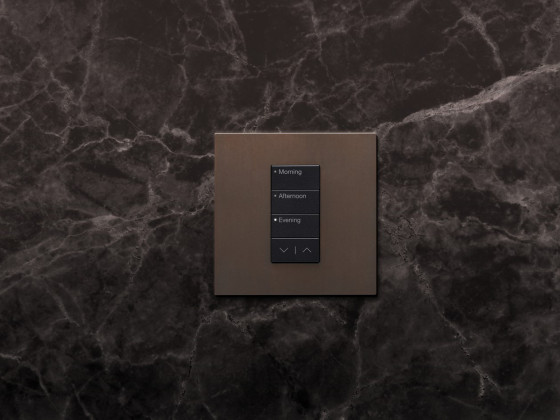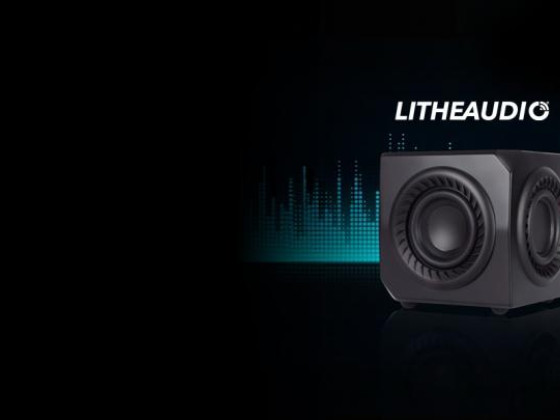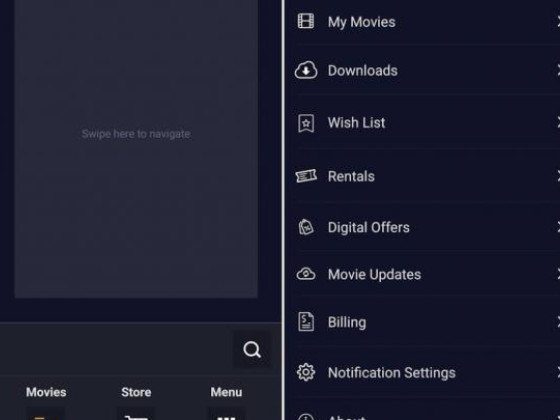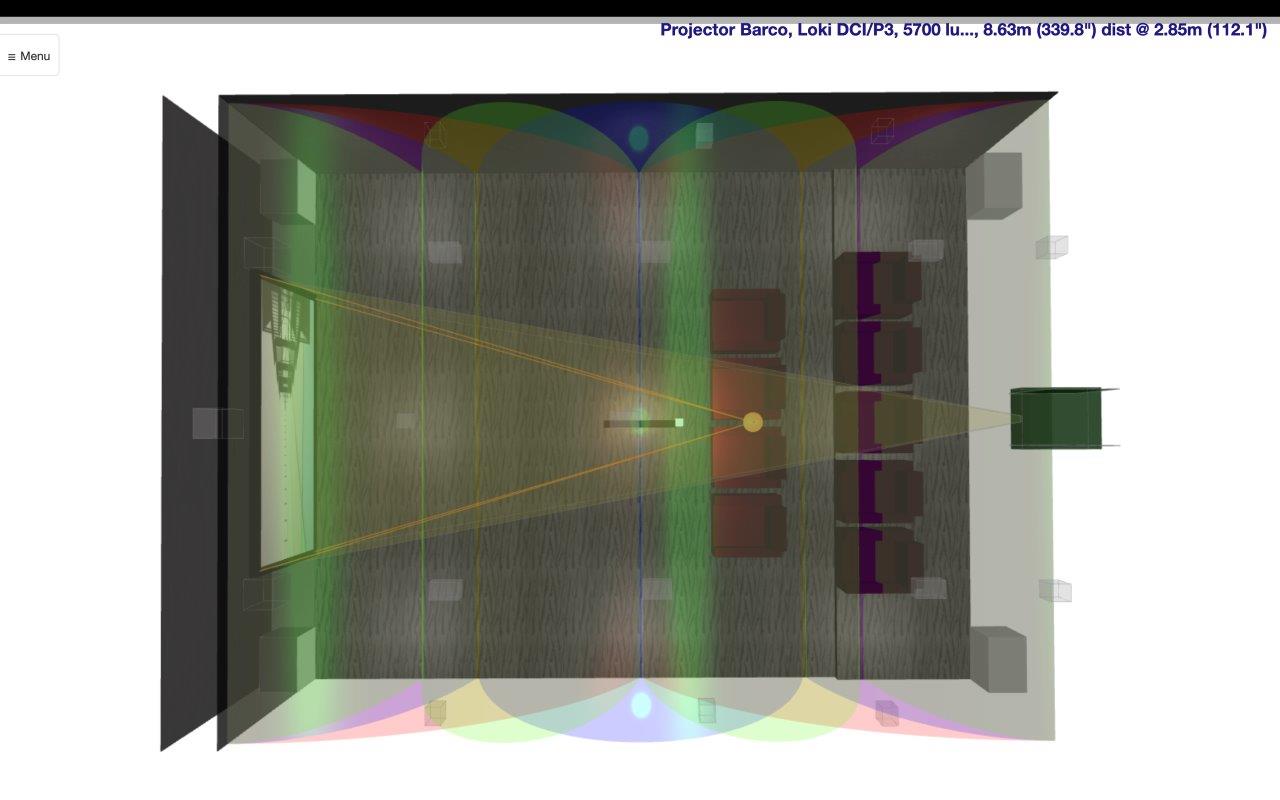
As part of our support programme Pulse Cinemas will be using the Cinema Designer 2.0 (TCD) to help our installation partners create the best possible projects as well as saving them time and offering the decades of expertise that has been distilled into this fantastic platform.
Created by Guy Singleton, experienced installer and founder of award winning integration company Imagine This, TCD is a cloud-based design tool that allows home cinema professionals to design any dedicated cinema or media room in minutes. The platform has recently introduced a 2.0 version adding many new benefits and abilities, prompting the Pulse Cinemas team to get fully behind the system and integrate it into our processes.
Pulse Cinemas MD, Mike Beatty explains, “We have all been blown away by the many impressive improvements and are now considering in detail how best to implement the platform to ensure our dealers can share in everything it has to offer.
“Our aim is to implement TCD alongside many of our other key services to ensure dealers have the capability of planning and installing the very best cinemas. With TCD on their side integrators can save hours of time creating an accurate blueprint for each project fast-tracking their work and providing them with increased capacity and operational speed. In short, we believe TCD 2.0 could revolutionise cinema design for our staff and our dealers.”
Guy says, “As home cinema designers ourselves, team TCD knew just what we wanted to deliver with the 2.0 enhancements, and we are thrilled with the outcome. We are very proud that the tool has just become an even more invaluable resource for the industry.”
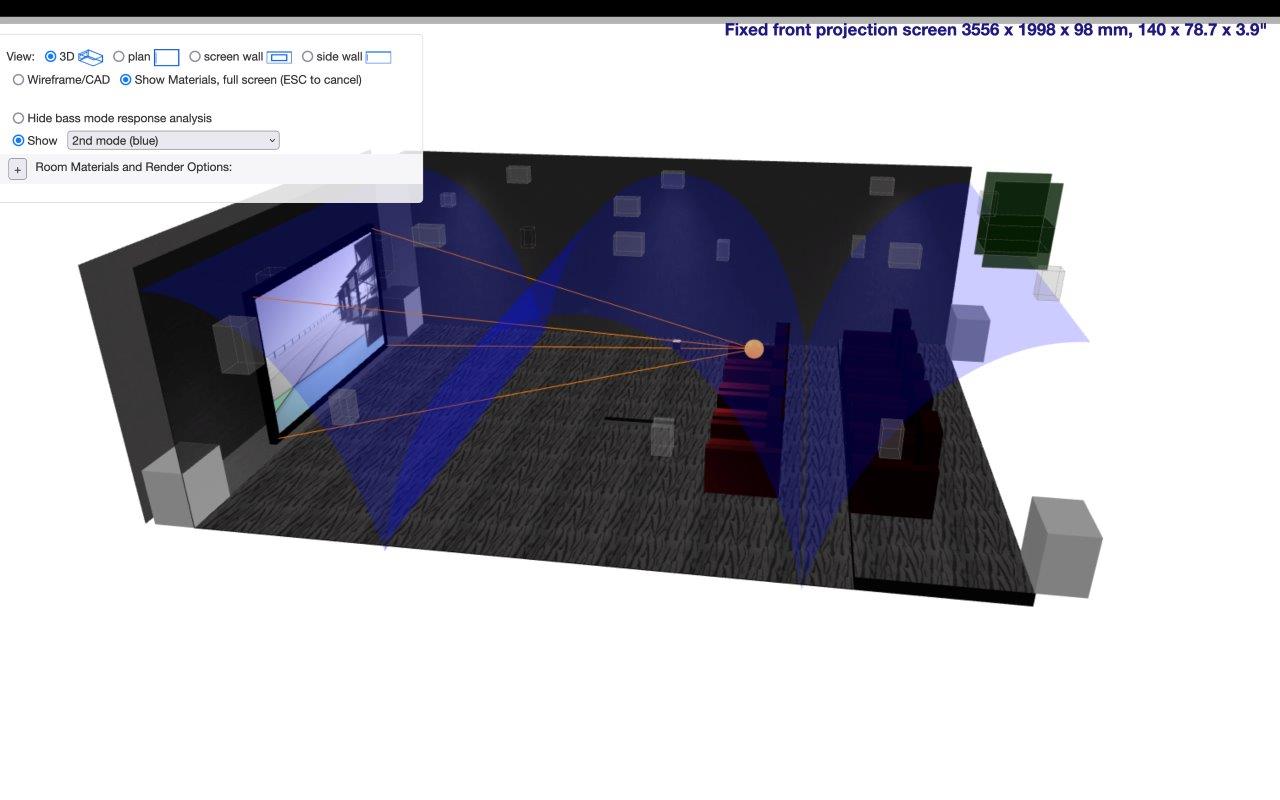
3D Model to Build Cinema Environment
Guy explains, “TCD has long been able to create 3D models of the finished design, but an enhancement in TCD 2.0 now allows users to create the design in the 3D space. During the design process, TCD now models the room in 3D and allows users to view and adjust the design in that space, all in real-time, from within a browser window. Designers can adjust the selected equipment, change the location of items, and even dynamically adjust the MLP for the most appropriate location, all from within the interactive TCD 3D viewer.”
An additional useful feature of the new 3D viewer is the option to display the screen view from any of the cinema seats. This visually illustrates viewing sight lines and potential issues with chair placement and height.
VR Viewer inside the browser window in real-time
Guy also adds, “Building on the fantastic output that TCD has always generated for the designer and client, we opted, as part of the TCD 2.0 update, to enhance our VR function.
Previously, TCD generated VR renders, which could be viewed with the use of VR glasses and a smartphone. Now, in TCD 2.0, the renders can be viewed from inside a browser window, which is much more convenient for the designer and client alike. What’s more, the VR viewer is synchronous with real-time design adjustments.”
Bass and Model Wave Forms to show where nulls and room modes will occur
Getting the audio exactly right inside any project is of course one of the most challenging tasks in any home cinema project.
Guy reveals, “When we started the brain-storming process for TCD 2.0 we were determined to add useful functionality that would enhance the experience for the user. Rather than make alterations for the sake of it, we were driven to provide updates that would make the design process a more intuitive and interactive experience for the home cinema designer. Our new wave form modelling is a game changer for designers. Wave forms are modelled onto the TCD 3D model, showing exactly where in the room nulls and room modes will occur.
“Users can dynamically adjust the location of seating or loudspeakers, observing in real-time what the effects of those changes are. This allows designers to create the most appropriate and accurate design for the room.”
New database features allow the user to add their own products for each design
The TCD team wanted to create a TCD without limits, by providing designers with the ability to add their own products. TCD has almost 100 subscribed manufacturers, with many thousands of products within the database and the list grows every month.
Guy says, “Occasionally, a designer wishes to add a product which is not already supported within the TCD database. Previously, the TCD team would reach out to the manufacturer, inviting their participation in the tool and creating the database entries for their product(s). “However, in TCD 2.0 the designer is able to create a product from scratch, which they can maintain in their own private product directory. This gives the user an instant solution and allows them to manage their database according to their own needs.”
CABS (double bass array) features
TCD 2.0 also incorporates new Controlled Acoustic Bass System functionality, allowing designers to select a double bass array. With this new feature, TCD calculates the position of the subwoofers and resulting acoustic effect of the double array.
Whether designers wish to opt for a conventional bass array, or one configured in a CABS format, TCD 2.0 provides the necessary tools for users to create the perfect design. Additionally, in the coming weeks and months, the TCD team will go one step further, by implementing the new subwoofer placement guidelines for Trinnov’s new Acoustic Field Control technology.
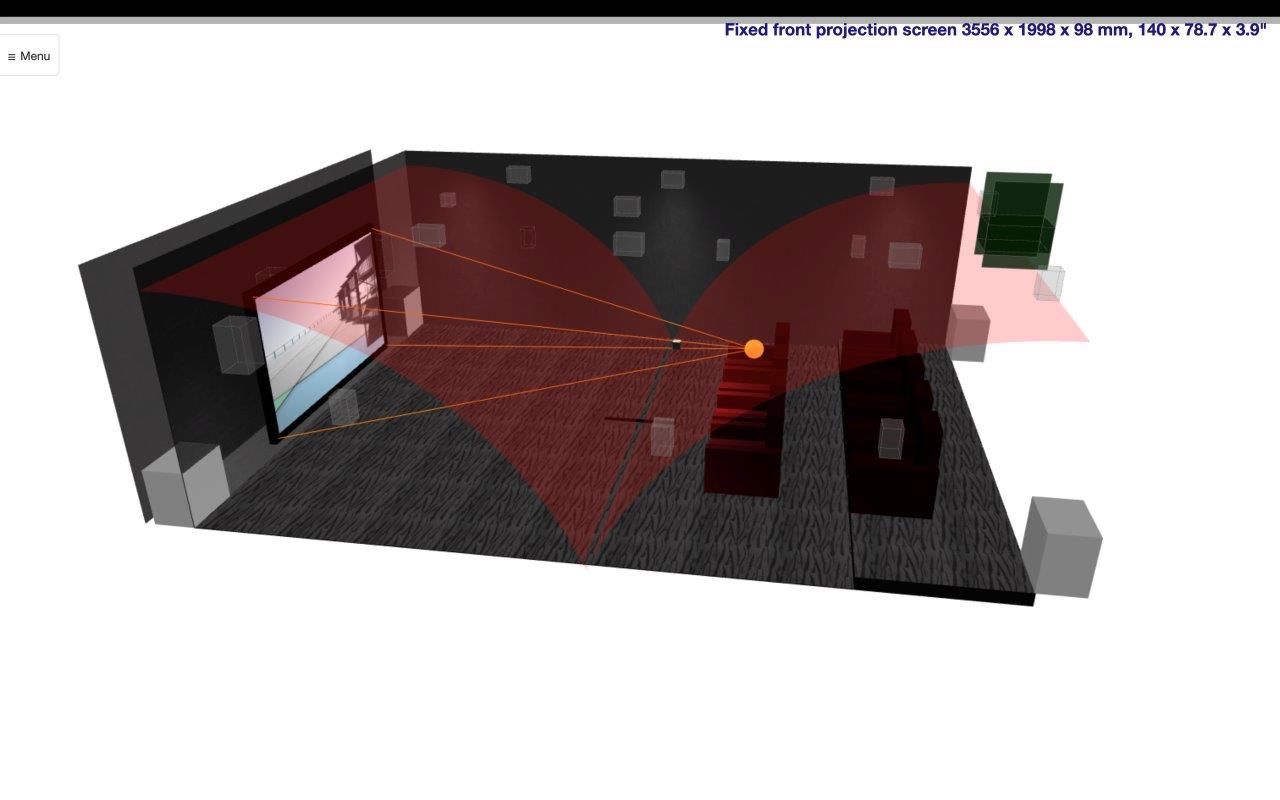
Acoustic Treatment placement (within predetermined zones, for absorption, diffusion, reflection, and bass management)
Adding beneficial technical functionality was one another of the key goals during the redesign process. These new features provide designers with a greater range of technical tools with which to create impeccable designs.
Guy explains, “Our new Acoustic Treatment feature is a great example of this. Users can generate the precise placement of room acoustic treatment for their design. In TCD 2.0, users can now place acoustic treatment products within the room, within predetermined zones. This ensures that the correct treatments are being applied to the room design, in the proper location. This feature is due in April 2023.
TCD Pro – for content creation spaces and production studios (due April 2023)
High render channel count audio can also be applied, albeit in a slightly different way, to content creation spaces and production studios. The final new feature, due in April 2023, will be called TCD Pro.
This new tier builds onto TCD’s audio algorithm, allowing users to create designs for content creation spaces and production studios. With the same architecture and workflow that will appear familiar to users of the original, TCD Pro allows users to input data about the room and produces a full technical design, render and documentation. And just as with the original cinema designs; this takes only a few minutes of data entry, and a moment or two of computation in the background.
Performance Facts
This initiative permits manufacturers the opportunity to add deep-dive technical data about their products, for the consideration of design professionals. This allows TCD users to select products for their designs with full appreciation of the products’ technical suitability.

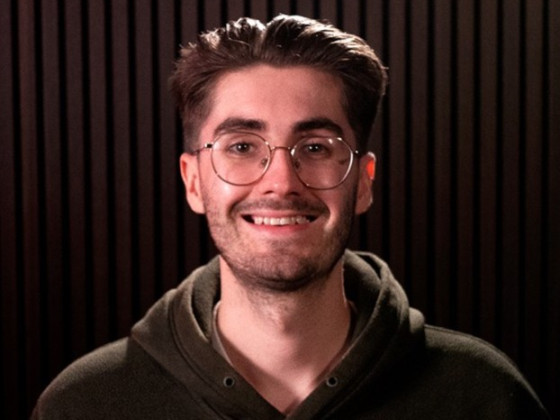
-listing_thumbnail.jpg)
